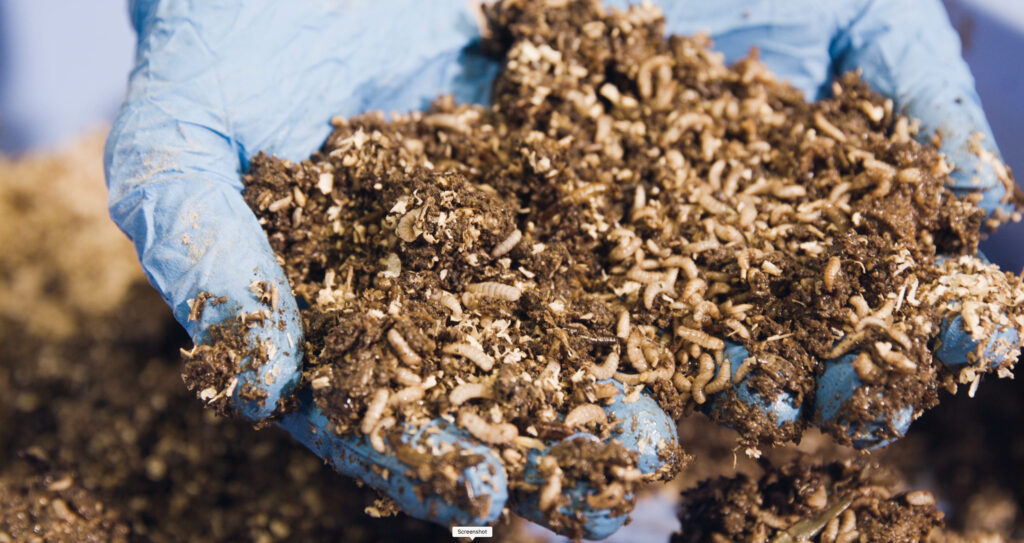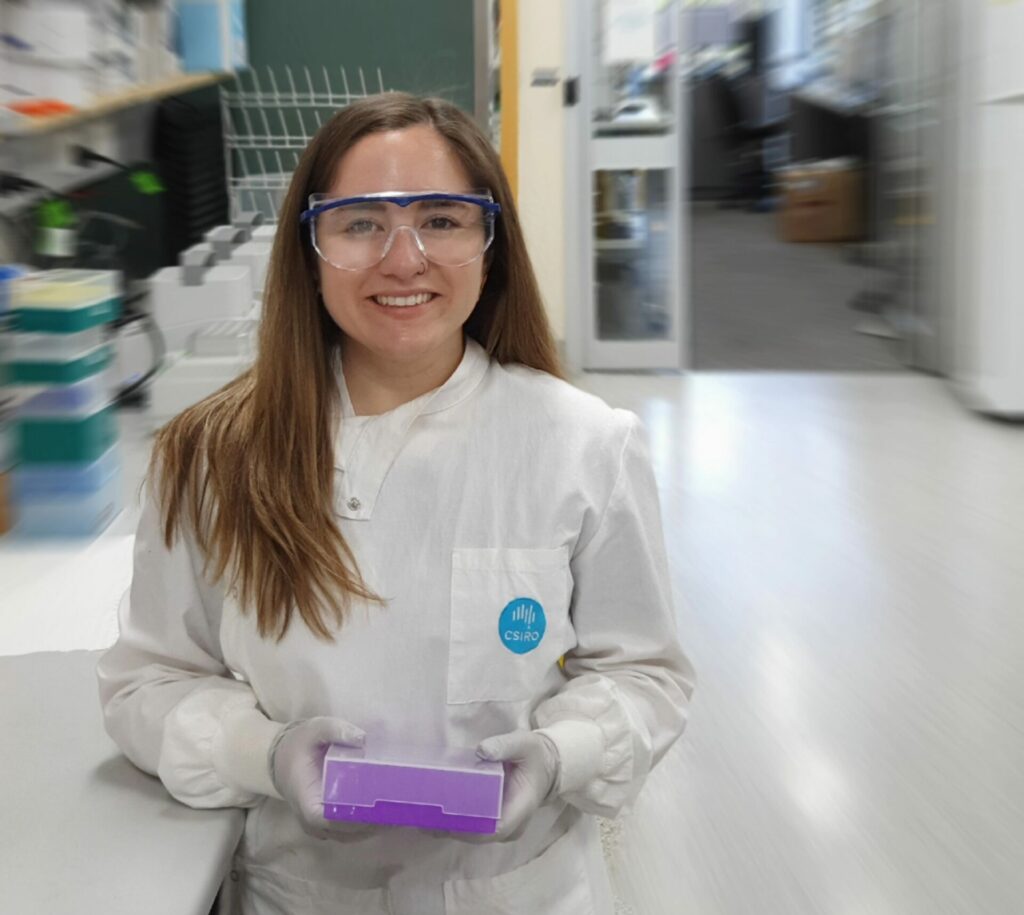Precision engineering of the black soldier fly gut microbiome for sustainable waste management
Designing, optimising and delivering a gut microbiome to enhance the capability of the black soldier fly to effectively breakdown waste. This approach aims to provide an alternative sustainable solution for managing complex waste streams, reducing the reliance on landfilling or incineration and contributing to a circular economy.
The challenge

Black soldier fly larvae.
Insects are increasingly important in industrial applications such as waste biotransformation (biological modification of one chemical to another). In particular, black soldier fly larvae (BSFL), Hermetia illucens (L.), are now used for biotransformation of a wide range of organic substrates on an industrial scale around the world (full study can be found here). This process takes advantage of the larvae’s ability to consume large amounts of organic matter, break it down and recycle the nutrients to produce valuable biomass, rich in fat and protein. Additionally, the BSFL and the frass produced, can be used as a high-value by-products, such as protein source for livestock and aquaculture, as well as biodiesel, oil and fertiliser, contributing to a circular economy.
Black soldier flies are used in different waste streams including the breakdown of food waste, brewery and winery industry waste, as well as municipal and industrial waste. However, the capability of these insects to digest and breakdown waste is limited when it comes to more complex forms of waste such as plastic and contaminated materials.
Our response
CSIRO researchers will use multi-omics techniques to identify beneficial microbes that play a role in enzymatic pathways involved in breakdown of waste in natural and artificial microbial communities. By studying and understanding the interactions between these microbial species and the host, scientists aim to create designer gut microbiomes that specialise in different waste streams and introducing it to the BSFL. These communities will enhance the larvae’s ability to obtain the necessary nutrients from different waste materials, facilitating the development of high-value biomass. Additionally, the designer microbiomes will contribute to the degradation of pollutants typically found in waste, thereby improving the overall waste management process.
The aim is to design, optimise and deliver customised microbiomes for the effective and efficient breakdown of specific waste streams including plastic and contaminated materials. This will allow the use of the BSFL’s beneficial properties to reduce the waste volume and degrade pollutants effectively.
The team
Sophia Escobar Correas Postdoctoral fellow
Dr Matthew Morgan Team leader
Dr Amy Paten Research scientist
Dr Hauke Koch Research scientist
Gene Wijffels Principal research scientist
Owain Edwards Group leader
Dr Geoffrey Puzon Senior research scientist
Leon Court Senior experimental scientist
Angela Ruffell Research Technician

Sophia Escobar Correas in the lab performing multi-omic analyses to understand the insect gut microbiome.
